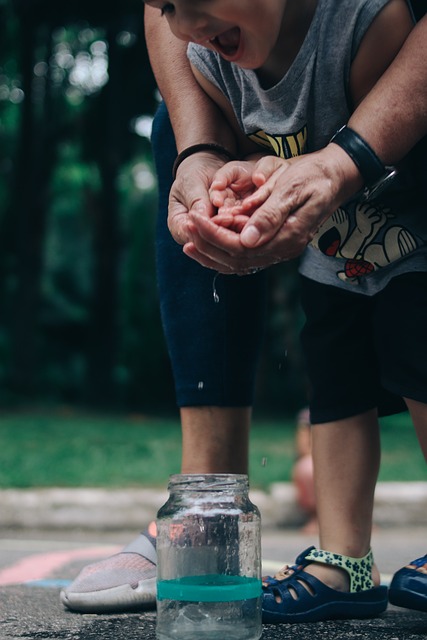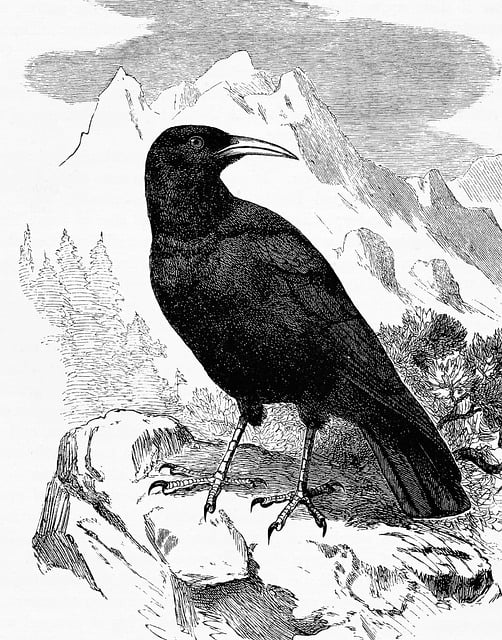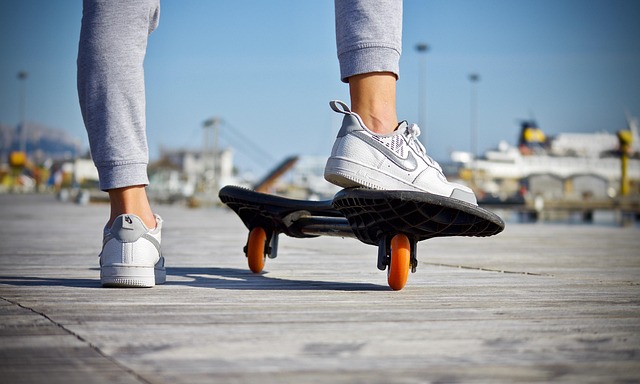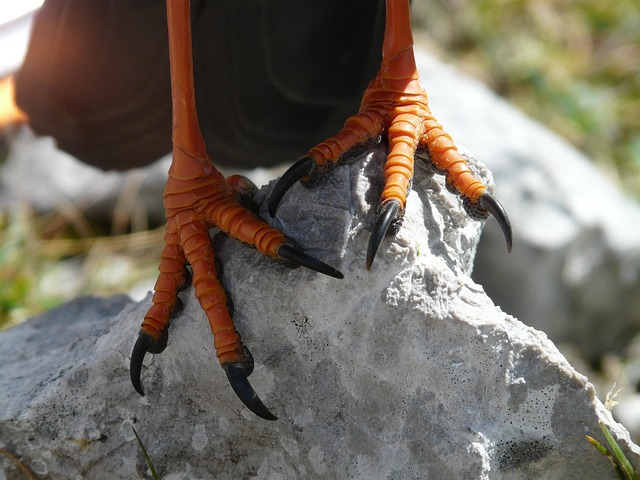Botox, derived from bacteria, is a popular non-surgical treatment for reducing fine lines and wrinkles around the eyes (crow's feet) and mouth (smile lines). Trained professionals inject small amounts of Botox into specific muscle groups to temporarily paralyze them, improving wrinkle appearance within 24-72 hours. This minimally invasive procedure offers remarkable results with little downtime, boosting confidence through a more youthful look. Ideal for addressing crow's feet and smile lines, Botox blocks nerve signals to muscles, reducing dynamic wrinkles and providing a natural-looking enhancement without restricting facial expressions. Safety is paramount, with minimal side effects like redness, swelling, or bruising, resolving within days. Selecting a board-certified dermatologist with substantial experience in aesthetic procedures ensures optimal results. Proper maintenance and follow-up care, including regular check-ins, help prolong results. Patient testimonials highlight the positive outcomes, emphasizing confidence boosts and the importance of choosing a qualified practitioner for personalized treatments tailored to crow's feet and smile lines.
“Unveil the secrets to youthful skin with targeted Botox treatments, a popular anti-aging solution. This comprehensive guide delves into the world of Botox for crow’s feet and smile lines, offering a gentle yet effective approach to combat fine lines and wrinkles. Learn about the science behind this procedure, from understanding its effects on skin to identifying treatment areas and navigating the step-by-step process. Discover the benefits, safety considerations, and expert advice for achieving natural-looking results.”
Understanding Botox: A Gentle Approach to Anti-Aging

Botox, a natural protein derived from bacteria, has become a popular choice in the world of anti-aging skincare. When administered by a trained professional, it offers a gentle yet effective solution for addressing fine lines and wrinkles, particularly targeting those pesky crow’s feet and smile lines that often appear around the eyes and mouth.
The procedure involves injecting small amounts of Botox into specific muscle groups, temporarily paralyzing them to prevent contraction and reduce the appearance of wrinkles. This minimally invasive approach has gained immense popularity due to its ability to deliver remarkable results with minimal downtime. By smoothing out these problem areas, Botox can help individuals achieve a more youthful appearance and boost their overall confidence.
The Science Behind Botox and Its Effects on Skin

Botox is a protein that blocks nerve signals to specific muscles, temporarily paralyzing them. This action prevents facial muscles from contracting, which over time leads to the reduction of dynamic wrinkles, commonly known as crow’s feet and smile lines. When administered by a trained professional, Botox safely and effectively smooths fine lines and wrinkles, providing a more youthful appearance.
The effects of Botox are not instant; it typically takes 24 to 72 hours for the treatment to take full effect. As the muscles relax, the skin’s surface reflects a noticeable improvement in overall skin texture, with less visible wrinkles and a smoother, more refined look. This non-invasive procedure is popular among individuals seeking a natural way to combat signs of aging without extensive surgery or recovery periods.
Identifying Crow's Feet and Smile Lines: Common Areas for Treatment

Crow’s feet and smile lines are two common areas where wrinkles start to appear, often as early signs of aging. These fine lines form around the eyes and mouth due to repeated facial expressions such as smiling, frowning, or squinting. Botox for crow’s feet and smile lines is a popular non-surgical treatment option aimed at smoothing these delicate areas.
When considering Botox treatments, it’s important to consult with a qualified professional who can identify these specific wrinkles and determine the best approach for your individual needs. By injecting a small amount of botulinum toxin into targeted muscle groups, Botox temporarily paralyzes muscles, reducing the frequency and intensity of facial movements that contribute to wrinkle formation. This results in a more youthful appearance and enhances overall facial esthetics.
Benefits of Targeted Botox Injections: Reducing Fine Lines and Wrinkles

Botox injections have long been a popular non-surgical solution for reducing the appearance of fine lines and wrinkles, particularly around the eyes and mouth. Targeted Botox treatments offer several key advantages when it comes to addressing specific concern areas like crow’s feet and smile lines. By carefully injecting Botox into these problem zones, experts can effectively relax the overactive muscles responsible for dynamic wrinkling.
This targeted approach allows for precise results, minimizing the risk of unwanted side effects commonly associated with broader facial injections. For individuals seeking a subtle yet effective way to smooth out crow’s feet and reduce the depth of smile lines, targeted Botox is an excellent option. It provides a natural-looking enhancement without dramatically altering one’s expression, ensuring that patients can still enjoy all the usual facial movements while achieving a more youthful appearance.
The Procedure: Step-by-Step Guide to a Botox Session

The procedure for targeted Botox injections is a precise art, designed to relax specific muscle groups responsible for those telltale signs of aging—crow’s feet and smile lines. Here’s a step-by-step guide to what you can expect during a typical Botox session.
First, a skilled provider will conduct a thorough consultation to understand your concerns and medical history. They’ll assess the depth and severity of wrinkles, often using a magnifying glass or special lighting to ensure precise targeting. Once satisfied with the analysis, they’ll clean the treatment area, usually around the eyes and mouth. Next, small, fine needles are used to inject Botox into specific muscle groups, carefully avoiding nearby blood vessels and nerve endings. The injections are quick, and most patients experience minimal discomfort. After the session, a cold compress may be applied to reduce any swelling or redness. It’s important to follow post-treatment instructions, including avoiding strenuous activity and certain medications for a few days, to ensure optimal results.
Safety and Potential Side Effects: What to Expect During and After

When considering Botox for crow’s feet and smile lines, it’s crucial to understand safety and potential side effects. During the procedure, small injections are administered to target specific muscle groups responsible for facial wrinkles. While botox is generally safe when performed by a qualified professional, there may be temporary side effects such as redness, swelling, or mild bruising at the injection sites. These typically resolve within a few days.
Post-treatment, it’s important to expect some slight discomfort and potential changes in facial expression. Patients might notice a decrease in the depth of their frown lines or less pronounced crow’s feet after about 3-4 days. However, it’s normal for the full effects to take up to a week to fully manifest. It’s also essential to follow post-treatment instructions from your dermatologist to ensure optimal results and minimize any adverse reactions.
Choosing the Right Dermatologist for Your Botox Treatment

Selecting the ideal dermatologist is a significant step in achieving successful botox treatment for crow’s feet and smile lines. It’s crucial to find a board-certified dermatologist with extensive experience in aesthetic procedures, especially Botox injections. Look for practitioners who specialize in facial rejuvenation and have a proven track record of safe and effective treatments.
Check their qualifications, read patient testimonials, and inquire about their approach to botox administration. A skilled dermatologist will assess your skin and specific concerns, providing personalized advice tailored to your needs. They should offer comprehensive explanations about the procedure, potential side effects, and expected results, ensuring you feel informed and comfortable with your decision.
Maintenance and Follow-up Care: Ensuring Longevity of Results

After your initial Botox treatment for crow’s feet and smile lines, proper maintenance and follow-up care are crucial to ensure longevity of the results. This includes avoiding strenuous activities or extreme temperatures immediately after the procedure to prevent any adverse reactions. Additionally, using gentle, non-irritating skincare products can help maintain the healthy skin surrounding your treated areas.
Regular check-ins with your dermatologist are essential to assess the progress and need for touch-up treatments. Following their recommendations for follow-up care will ensure that your results remain optimal and extend the time between treatments. Remember, consistent upkeep is key to preserving the youthful appearance you’ve achieved through Botox for crow’s feet and smile lines.
Real Patient Stories: Share and Learn from Experiences

Many patients find inspiration in real-life stories of others who have successfully used Botox to treat crow’s feet and smile lines. These narratives offer valuable insights into what to expect during the procedure, recovery times, and long-term results. Reading about other people’s experiences can help alleviate fears and provide a clearer understanding of the benefits of Botox. For instance, some patients share how a few well-placed injections have significantly reduced their facial wrinkles, boosting their confidence in social settings and professional environments.
Sharing these stories also underscores the importance of choosing a qualified and experienced practitioner. Real-life accounts often highlight the significance of finding a doctor who listens to your concerns, customizes the treatment plan to fit your needs, and provides honest assessments about what Botox can achieve. This personalized approach ensures that you receive the best possible results, enhancing your natural beauty while minimizing the appearance of aging.
